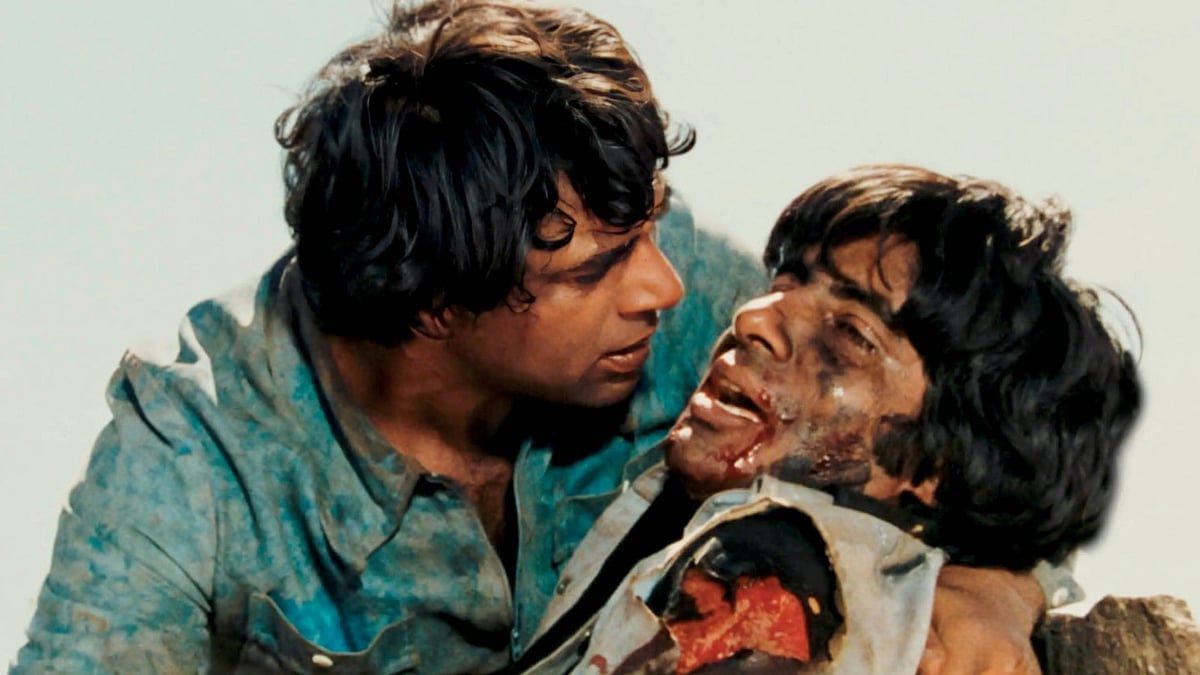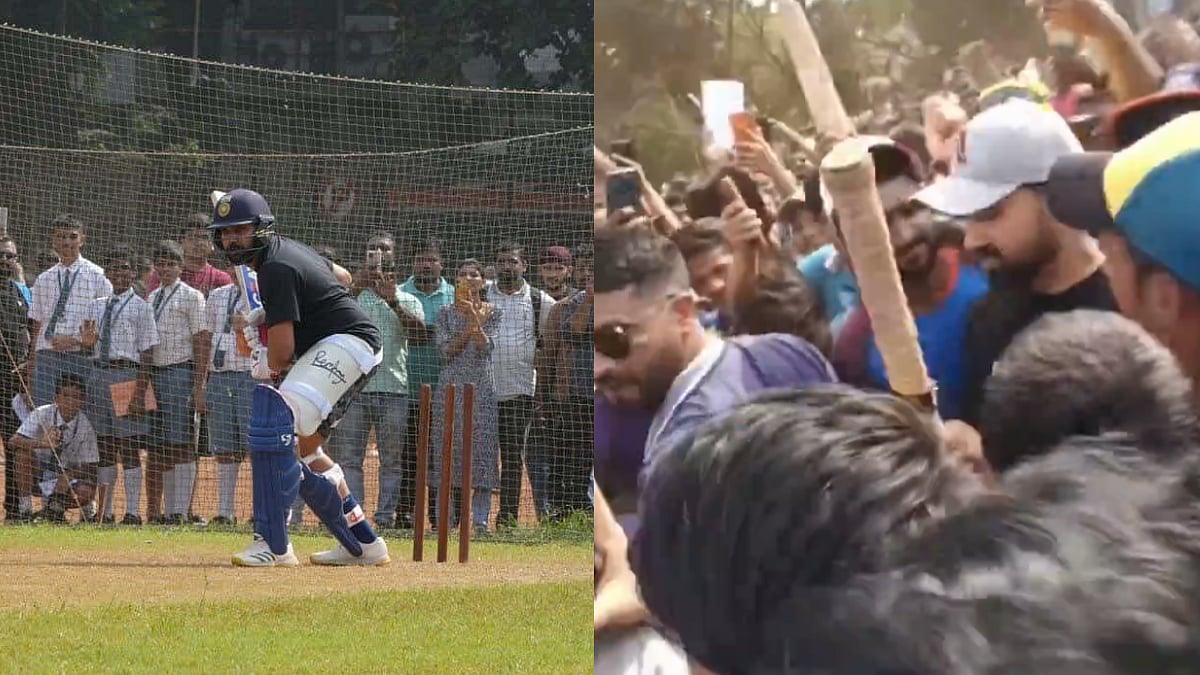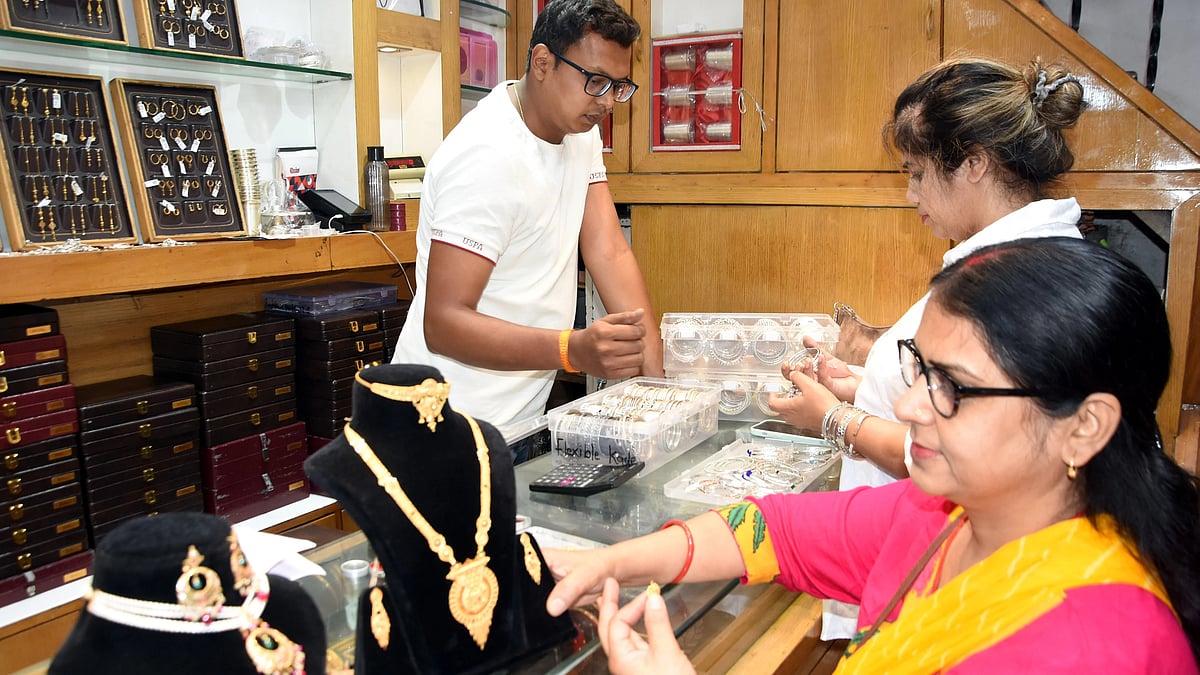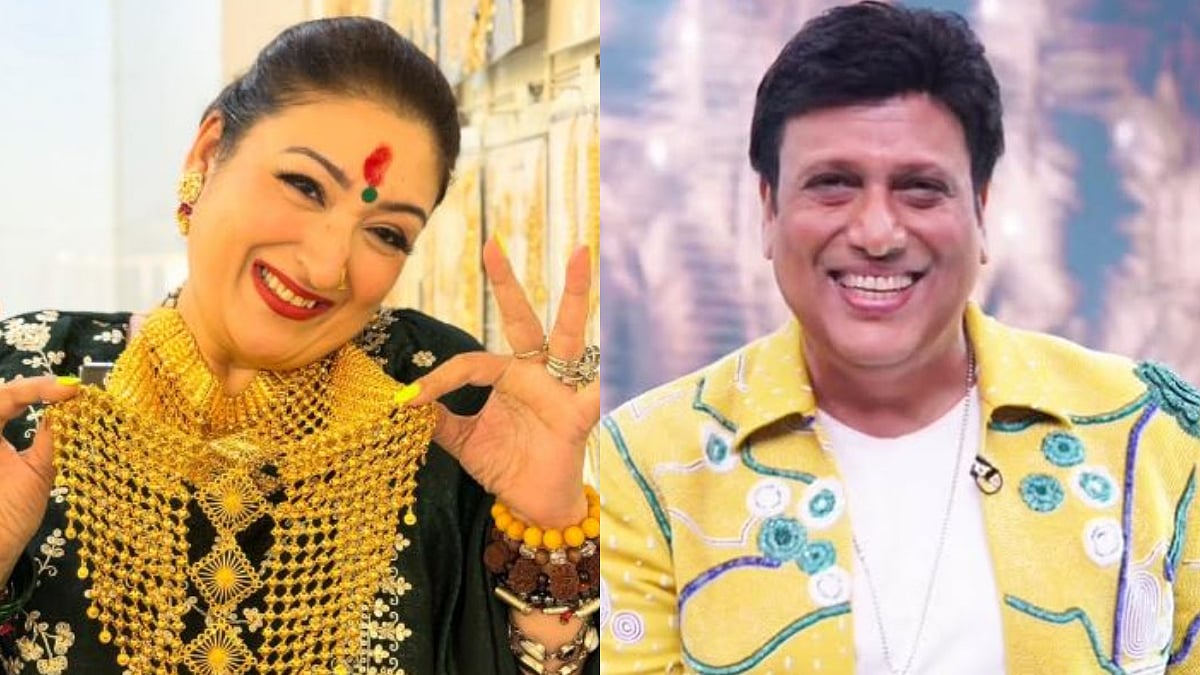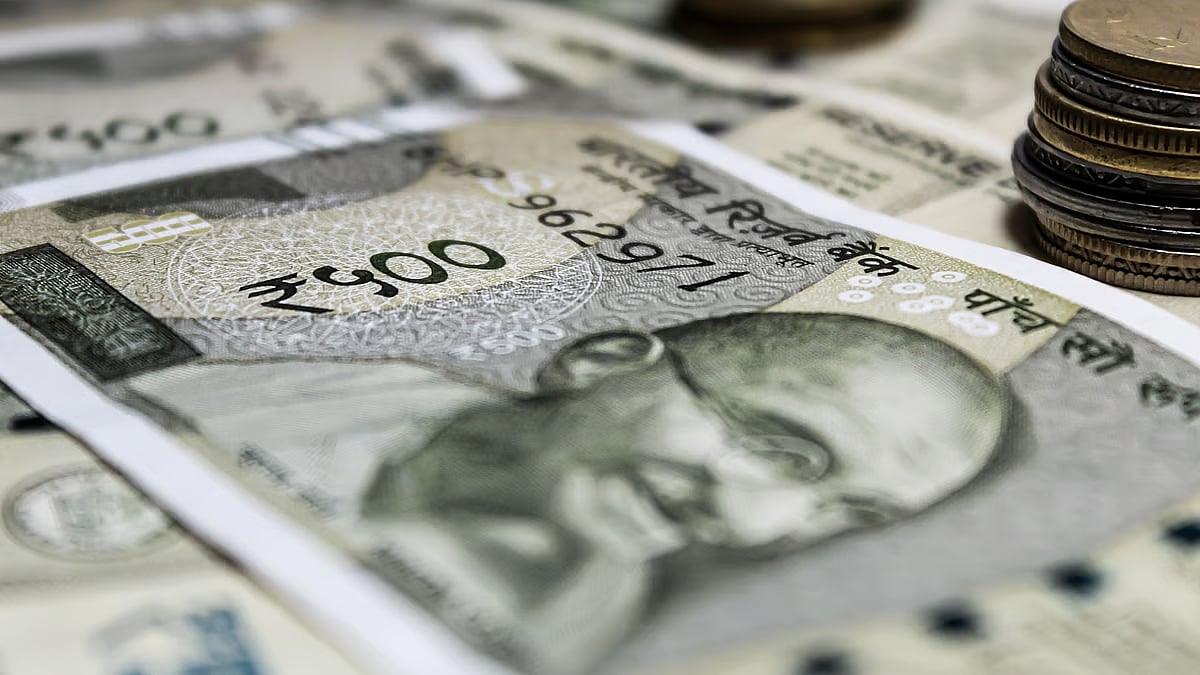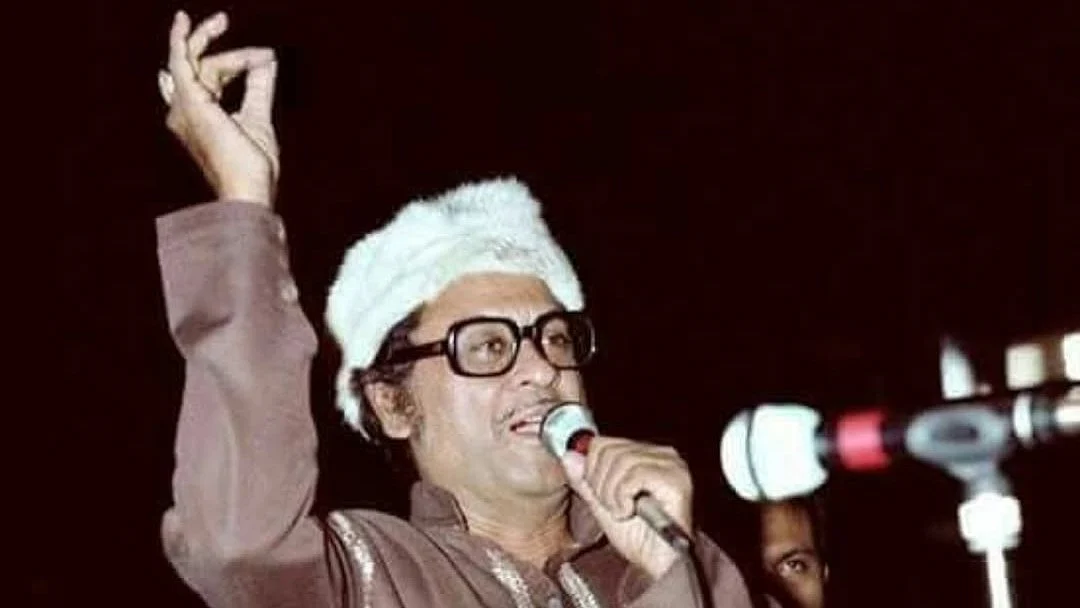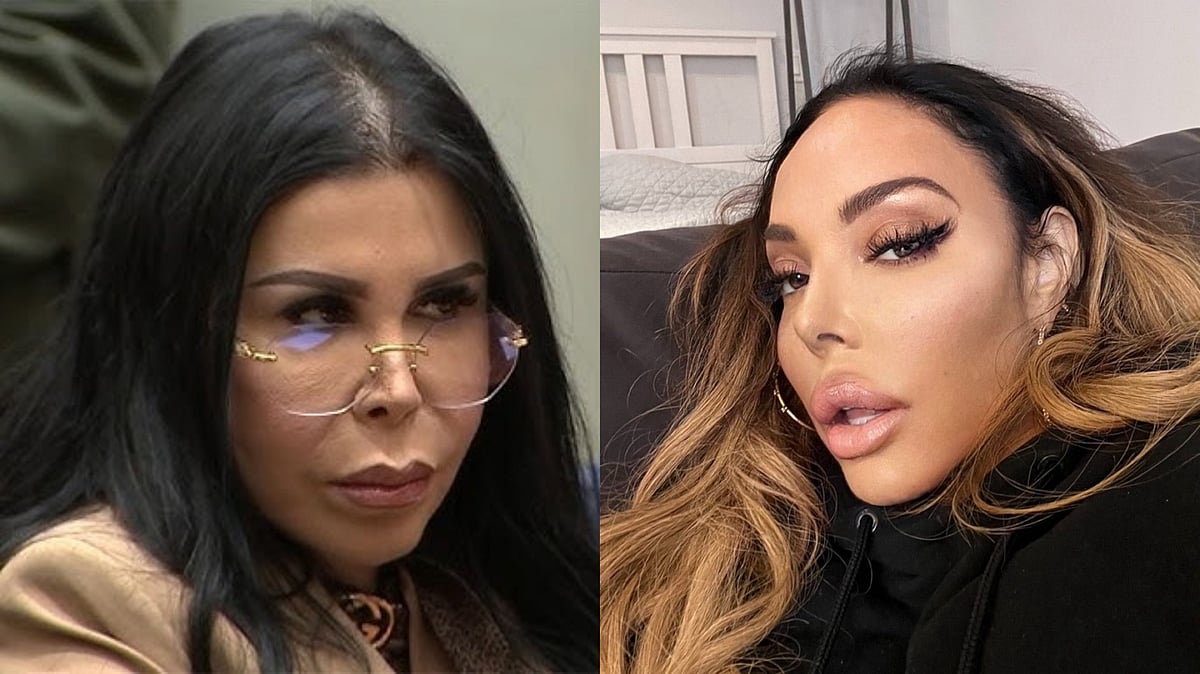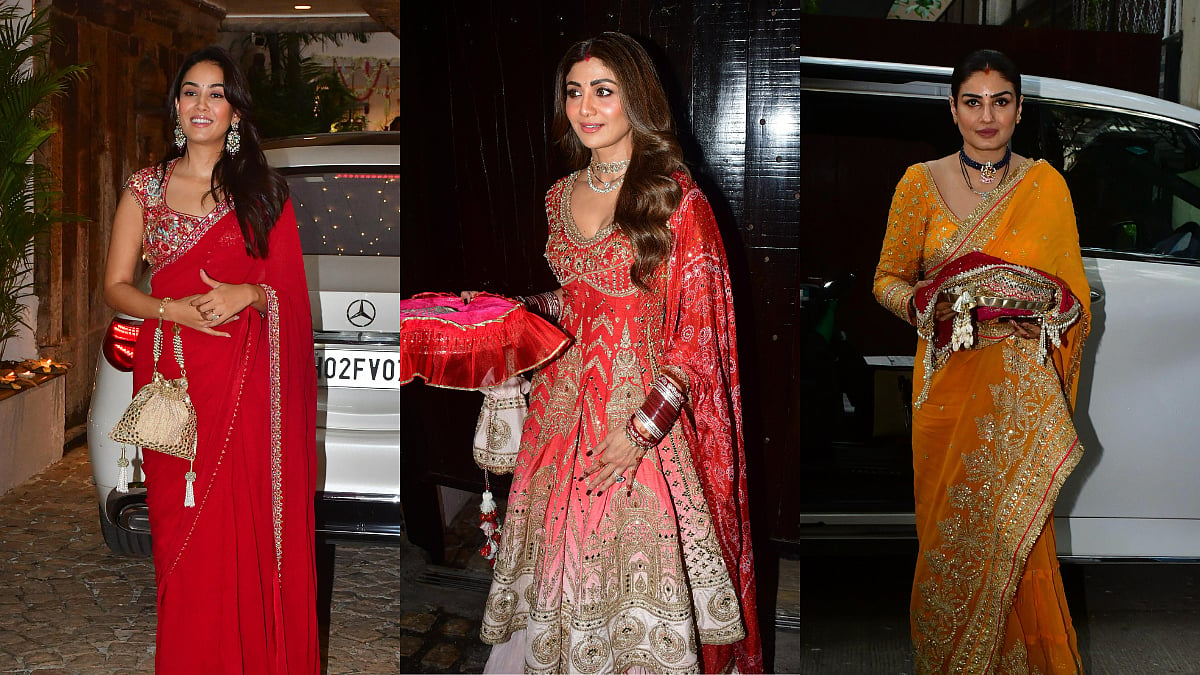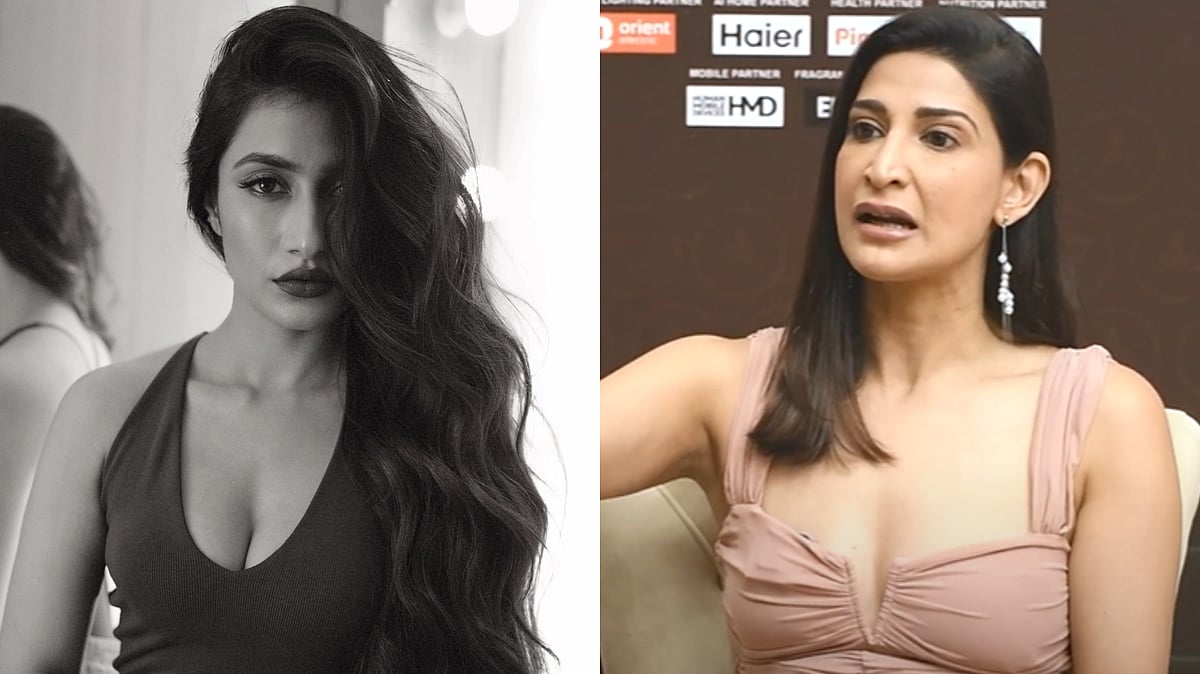The iconic Sholay completed 50 years of its release on August 15, 2025. It was released on 15 August 1975, marking a significant milestone in its cinematic journey.
The film has turned into a cult favourite in Indian cinema owing to its powerful story, memorable characters, iconic dialogues, and popular songs.
Initially, Sholay underperformed at the box office for the first 3 to 4 days, and even film critics declared it a very ordinary movie, comparing it with the 1974 film Khote Sikkay by Narendra Bedi, which had a similar storyline. Distributors also panicked due to the negative response, so Ramesh Sippy decided to re-shoot some scenes and considered changing the film’s ending.
However, writers Salim–Javed were confident and advised Sippy to wait for a week. They were proven right — from the second week, positive word-of-mouth publicity helped it become a box office success. It was declared a hit and became the highest-grossing film in India at the time.
Sholay broke records for continuous showings in many theatres across India. It ran for more than five years — 286 weeks at Mumbai’s Minerva theatre, making it the longest-running Hindi film in theatres at that time. It broke the 3-year record of the 1943 blockbuster Kismet, a record later surpassed by Dilwale Dulhania Le Jayenge in 1995 with an uninterrupted run of almost 25 years.
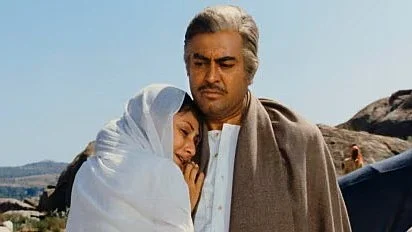
50 Years On, Sholay Remains Bollywood's Most Iconic Blockbuster, Celebrated For Its Characters, Dialogues, Music, And Unforgettable Legacy |
Casting stories
The final casting of Sholay also had very interesting stories. Dharmendra wanted to play the role of Thakur (played by Sanjeev Kumar) because he thought it was a story of Thakur taking revenge on Gabbar.
But Ramesh Sippy convinced Dharmendra to play Veeru by narrating the film’s romantic and intimate scenes with Hema Malini (Basanti) — tempting him to do the role. During shooting, Dharmendra would purposely make mistakes to get more retakes with Hema Malini in those romantic scenes.
Danny was the original choice for Gabbar Singh, but he was busy with Feroz Khan’s Dharmatma, so Amjad Khan was selected instead.
Shatrughan Sinha was the original choice to play Jai, but due to unavailability of bulk dates, Amitabh Bachchan was cast.
It was also said that one reason for casting Amitabh was that distributors wanted Jaya Bhaduri, already a big star, to be in the film. Jaya agreed to do a small role only to support Amitabh’s career, as the two were in love and had married in 1973, just before shooting began.
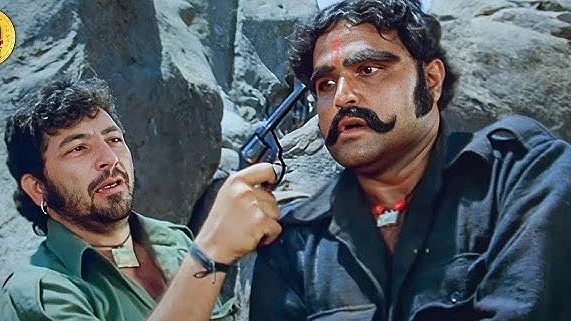
50 Years On, Sholay Remains Bollywood's Most Iconic Blockbuster, Celebrated For Its Characters, Dialogues, Music, And Unforgettable Legacy |
Strong characters
Sholay is perhaps the only film with such a big star cast in which every big and small character is remembered — thanks to strong writing and unforgettable dialogues.
The friendship of Jai and Veeru left such an impact that people began referring to every pair of best friends as a “Jai–Veeru jodi.” You still remember:
1. Asrani as the hilarious jailor — “Hum angrezon ke zamane ke jailor hai, ha ha!”
2. A.K. Hangal — “Itna sannata kyu hai bhai?”
3. Jagdeep as Soorma Bhopali
4. Viju Khote as Kaalia
5. Mac Mohan as Sambha — despite having no dialogue, he became iconic just because Gabbar calls him: “Arey o Sambha!”
You also remember Leela Mishra as Mausi for the iconic scene with Amitabh.
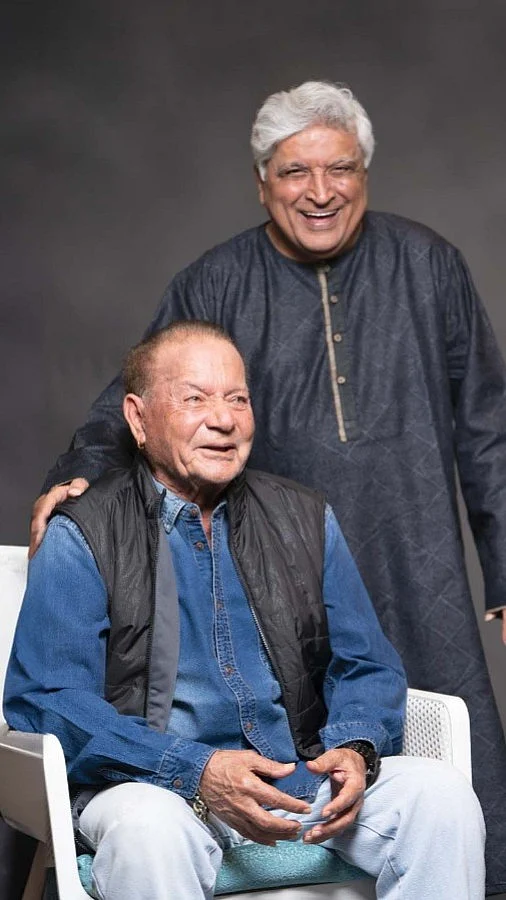
Salim Khan and Javed Akhtar |
Dialogues, audio discs & cassettes
The dialogues of Sholay became so popular that Polydor released a special 3-disc record and cassette set featuring over two hours of dialogues, story, and background music. It became the first platinum record for dialogues of a Hindi film — making history.
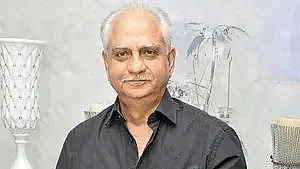
Ramesh Sippy |
Popular dialogues loved by the public
These legendary lines became part of daily conversations in the late 1970s:
1. “Arey o Sambha” — world’s shortest yet most iconic dialogue
2. “Kitne aadmi the?”
3. “Ab tera kya hoga Kaalia?”
4. “So ja, nahi to Gabbar Singh aa jaayega.”
5. “Basanti, in kutto ke samne mat nachna.”
6. “Jo darr gaya samjho mar gaya.”
7. “Bahut yaaraana lagta hai.”
8. “Kaunse chakki ka pisa aata khilate ho re?”
9. “Chakki peesing and peesing and peesing…”
10. “Loha garam hai, maar do hathoda.”
11. “Itna sannata kyun hai bhai?”
All of these lines were widely spoken and mimicked by the common man in everyday life — cementing Sholay's legacy not just as a film, but a cultural phenomenon.
